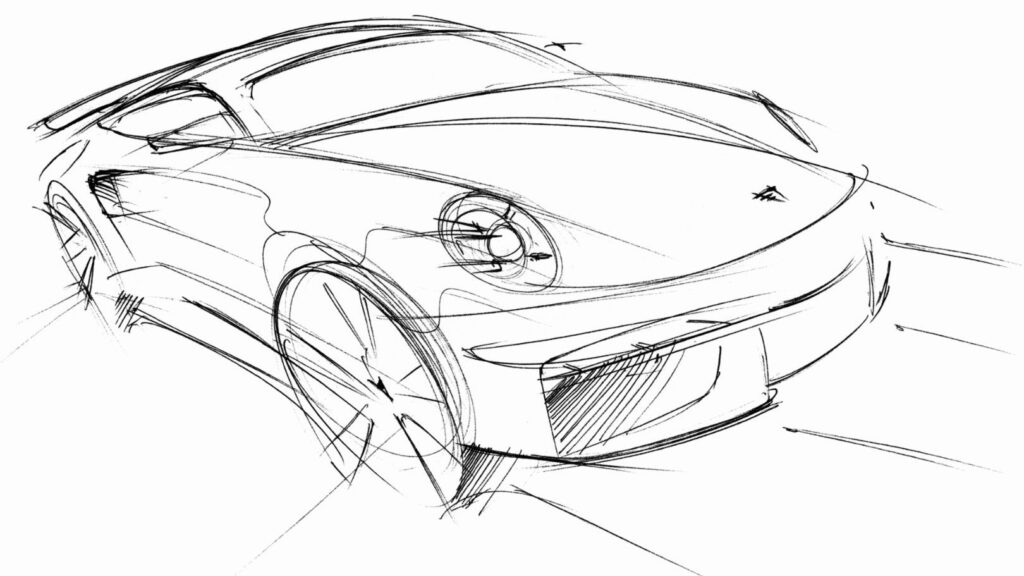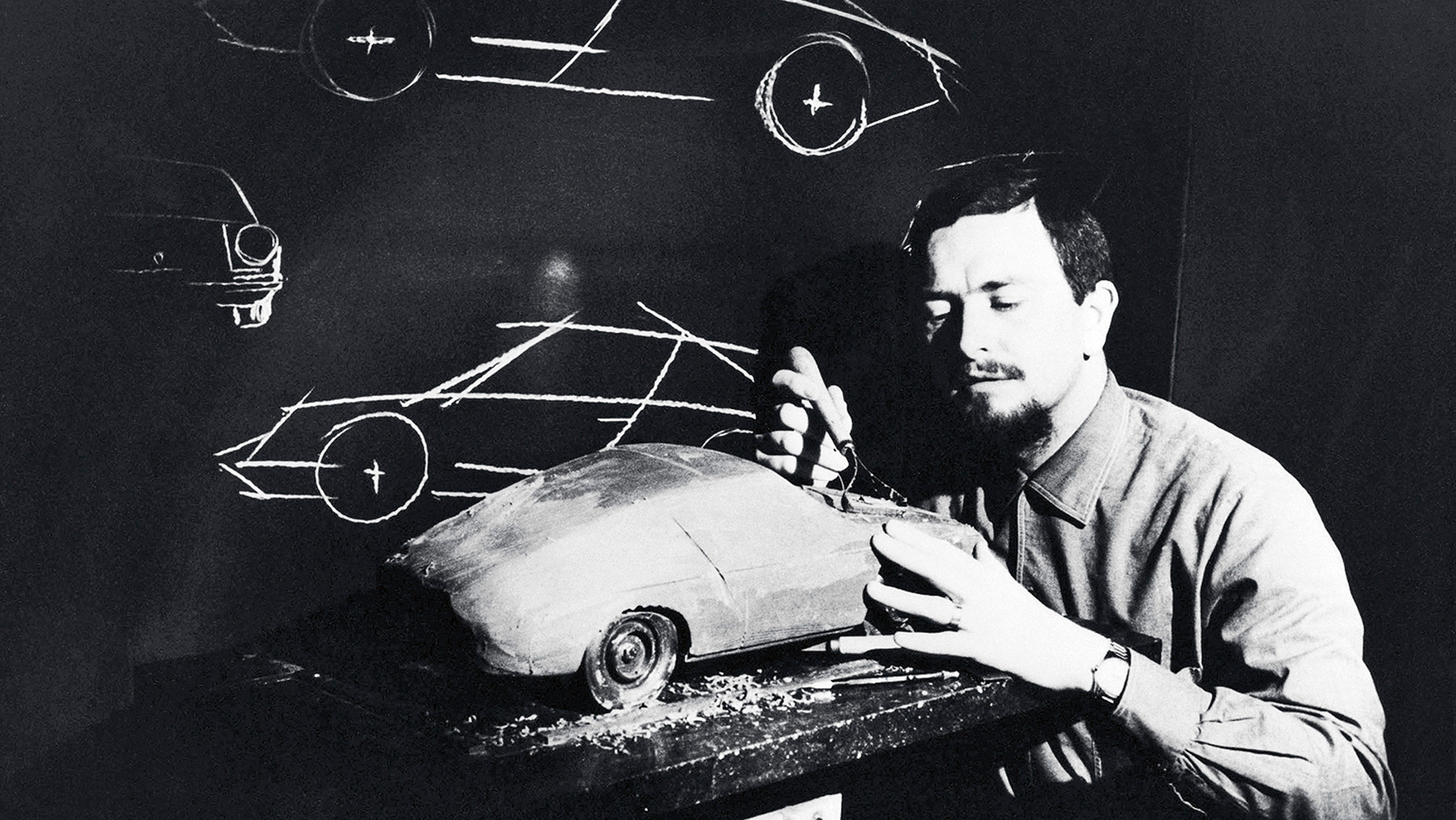Individual details in a vehicle’s design can be important building blocks of brand identity. At best, they even elevate the car to iconic status. This series of articles deals with such details, highlights them and tells their story. This time it’s all about the striking lines of the Porsche 911.
»To draw a Porsche 911, you really only need two strokes«, former Porsche designer Tony Hatter said in an interview a few years ago. In the fall of 2020, he ended his career at Style Porsche after a total of 34 years. If you replace the word »strokes« with »lines«, it quickly becomes clear what the designer is alluding to. The classic lines of the 911 rise briefly and then fall long and gently again. These lines, which are as characteristic as they are clear, ensure that the Porsche 911 is still recognizable as such at first glance today. This view is also shared by Peter Varga, Director Exterior Design at Porsche: »The 911 thrives on its unique design language. The silhouette alone speaks for itself: everyone immediately recognizes the 911 on the basis of its ingeniously drawn silhouette line.« Tidiness, as Porsche’s chief exterior designer calls the purist appearance of the entire 911 model series, lightness, and suitability for everyday use are at the top of the list of priorities.

The silhouette of the 911, as we still know it today with minor variations, was the work of Ferdinand Alexander Porsche. He joined Porsche in 1958 after dropping out of his studies at the Hochschule für Gestaltung in Ulm. The 911, which at that time still went by the name 901, was created from his sketches. It was presented at the IAA in Frankfurt in September 1963. However, the design idea of equipping the car with the now iconic sloping rear goes back much further – namely to the VW Beetle, from which Ferdinand Porsche developed the 356 – the sports car that started the brand history of the car manufacturer in Gmünd, Austria. This tradition also resulted in the commitment to rear-wheel drive that continues to this day, which in turn influenced the typical »friendly« facial expression of the 911. The Porsche 911 does not have the aggressive-looking radiator grille that is often found on sports cars. The round headlights also contribute to the fact that a friendly expression is readily attributed to the front of the car.

Since then, the Porsche 911 has been very carefully modified from one generation to the next. Always with an eye to not interfere too much with the characteristic silhouette. Overall, the cars always became a little longer and also a little wider. »From my point of view, the 911 has been given better and better proportions over the years«, Peter Varga explains at the presentation of the eighth generation. »We have continued this development by widening the front and rear of the new generation. In this way, we want to make the 911 even crisper, sportier and more pithy. The fact that the front end has now become wider does the 911 very well in general.« As a designer, he explains, the rear end is the most exciting area for him because of the aerodynamics: »The 911 needs a lot of downforce on the rear axle; at the same time, the goal was to further improve the Cw value. These requirements – combined with the sloping roofline – were a very big challenge that we dealt with intensively.« [SW]


